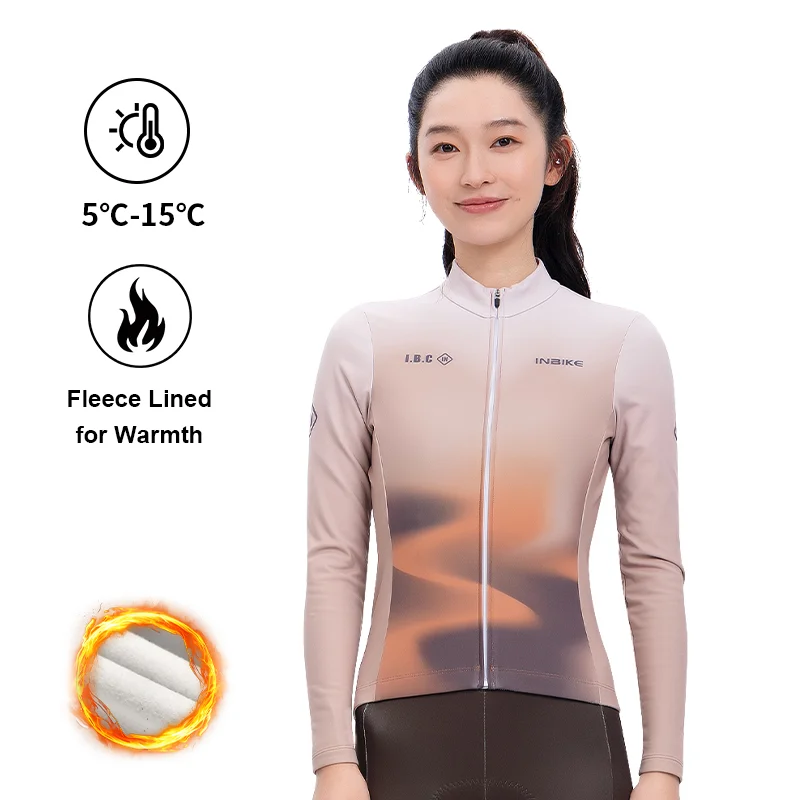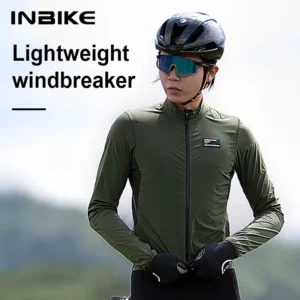How to Master Autumn and Winter Cycling
As the vibrant colors of autumn give way to the crisp embrace of winter, many cyclists consider hanging up their bikes until spring. However, with the right approach to clothing and layering, cycling through the colder months can be an incredibly rewarding experience, offering unique landscapes and a refreshing challenge. This guide will delve into the art of layering for autumn and winter cycling, ensuring you stay warm, comfortable, and safe on every ride.
The Philosophy of Layering: Why It Matters
Layering is the cornerstone of effective cold-weather cycling. Instead of relying on one heavy, bulky item, a system of multiple thinner layers allows for greater versatility and temperature regulation. Each layer serves a specific purpose, working in harmony to manage moisture, trap warmth, and protect against the elements [1]. As your body heats up during exercise, you can shed layers to prevent overheating and excessive sweating, which can quickly lead to a chill once you slow down. Conversely, if the temperature drops or you encounter strong winds, you can add layers to maintain warmth.
Understanding the Three Key Layers
Effective layering typically involves three primary components:
- Base Layer (Wicking Layer): This is the layer closest to your skin. Its primary function is to wick sweat away from your body, keeping you dry. Materials like merino wool or synthetic fabrics (e.g., polyester, polypropylene) are excellent choices due to their moisture-managing properties. A dry base layer is crucial because wet skin loses heat much faster than dry skin.
- Mid Layer (Insulating Layer): Worn over the base layer, the mid-layer provides insulation and traps warm air close to your body. Its thickness will depend on the ambient temperature and your activity level. Fleece, thermal jerseys, or even a thin down vest can serve as effective mid-layers. The goal is to add warmth without restricting movement or causing overheating.
- Outer Layer (Protective Shell): This is your shield against the elements – wind, rain, and snow. A good outer layer should be windproof and water-resistant or waterproof, while still offering some breathability to allow moisture vapor to escape. Cycling-specific jackets often feature extended backs, dropped tails, and articulated sleeves for a comfortable riding position.
Dressing for the Desert’s Embrace: INBIKE’s New Collection
This season, INBIKE’s“Natural Growth” collection draws inspiration from the profound beauty of “Desert”. This theme, particularly the wood element, aims to resonate with human communities through its interactive and engaging patterns. The collection’s core design philosophy is to interpret the vastness, mystery, and vitality of the desert through abstract and impressionistic techniques. It focuses on the fluid lines of sand dunes, the textured layers created by wind erosion, and the sparse yet vibrant accents of an oasis. This approach creates a visual language that balances natural wildness with modern minimalism, conveying an aesthetic of resilience and endurance.
Consider INBIKE’s latest offering, a garment that embodies this philosophy. Crafted from 80% Polyester and 20% Spandex, this fabric blend offers a balance of durability, flexibility, and comfort essential for cycling. The slim fit design ensures minimal wind resistance and a sleek profile, while the moderate length provides ample coverage without hindering movement. With moderate elasticity, it allows for a full range of motion, crucial for dynamic cycling activities. INBIKE new collection winter unisex fleece cycling jersey is recommended for temperatures between 5℃ and 15℃, making it an ideal choice for the transitional autumn months and milder winter days.
Key Design Features for Optimal Cycling Performance:
- Fine Fleece Material: The fabric features a fine, dense fleece lining that effectively locks in warmth, providing a cozy and comfortable wearing experience. This is vital for maintaining core body temperature during colder rides, preventing the chill that can set in when temperatures drop. The soft texture against the skin also enhances overall comfort, reducing irritation during long rides.
- Practical Back Pockets: Designed for convenience, the garment includes practical pockets on the back. These are perfect for storing essentials such as energy gels, a phone, keys, or a compact multi-tool, ensuring your valuables are secure and easily accessible without interrupting your ride.
- High-Visibility Reflective Markings: Safety is paramount, especially when cycling in reduced light conditions. The garment incorporates high-brightness reflective markings on the back collar and pockets. These strategically placed reflectors significantly enhance visibility at night, making you more noticeable to motorists and other road users. Beyond safety, they also add a dynamic visual element to the design.
Essential Accessories for Winter Cycling
Beyond your core layers, several accessories are indispensable for comfortable and safe winter cycling:
- Headwear: A thermal cycling cap or headband worn under your helmet will prevent significant heat loss from your head. For very cold conditions, a balaclava can protect your face and neck.
- Gloves: Your hands are particularly susceptible to cold. Invest in quality winter cycling gloves that are windproof and insulated. Look for models with good dexterity for braking and shifting.
- Socks and Shoe Covers: Thermal cycling socks, preferably made of merino wool, will keep your feet warm. Shoe covers (booties) are crucial for blocking wind and moisture from your cycling shoes, which are often well-ventilated for warmer weather.
- Eyewear: Clear or lightly tinted glasses can protect your eyes from wind, cold, and road spray, enhancing visibility and comfort.
- Lights: With shorter daylight hours, powerful front and rear lights are non-negotiable for both seeing and being seen.

Mastering the Art of Adaptation: Adjusting to Conditions
The key to successful winter cycling is constant adaptation. Before each ride, check the weather forecast, including temperature, wind chill, and precipitation. This will help you decide on the appropriate number and type of layers. During your ride, pay attention to your body’s signals. If you start to feel too warm, open zippers or remove a layer. If you begin to feel cold, consider adding a layer or increasing your pace to generate more body heat.
Remember that while the suggested temperature range for the INBIKE winter fleece cycling jersey is 5℃-15℃, individual comfort levels vary. Factors such as your personal metabolism, the intensity of your ride, and wind conditions will all influence how warm you feel. The beauty of a well-designed layering system, like the one enhanced by INBIKE’s thoughtful apparel, is its flexibility. It empowers you to fine-tune your outfit to match the exact demands of your environment and your body.
Maintenance Tips for Your Winter Cycling Gear
Proper care of your cycling apparel will extend its lifespan and maintain its performance:
- Washing: Always follow the care instructions on the garment label. Generally, technical fabrics should be washed in cold water with a mild detergent and air-dried to preserve their properties.
- Storage: Store your gear in a dry, well-ventilated area. Avoid compressing insulated items for long periods, as this can reduce their loft and insulating capabilities.
- Inspection: Regularly inspect your gear for wear and tear. Repair any small rips or tears promptly to prevent them from worsening.
Conclusion
Cycling in autumn and winter offers a unique blend of challenge and tranquility. By embracing the philosophy of layering and equipping yourself with high-quality, thoughtfully designed apparel like INBIKE’s “Natural Growth” collection, you can transform cold-weather rides from a daunting prospect into an enjoyable and invigorating experience. The subtle integration of natural aesthetics with practical functionality, as seen in the desert-inspired patterns and performance features of INBIKE’s garments, not only enhances your ride but also connects you with the resilient spirit of the natural world. So, don’t let the dropping temperatures deter you; gear up, embrace the elements, and discover the joy of year-round cycling.






